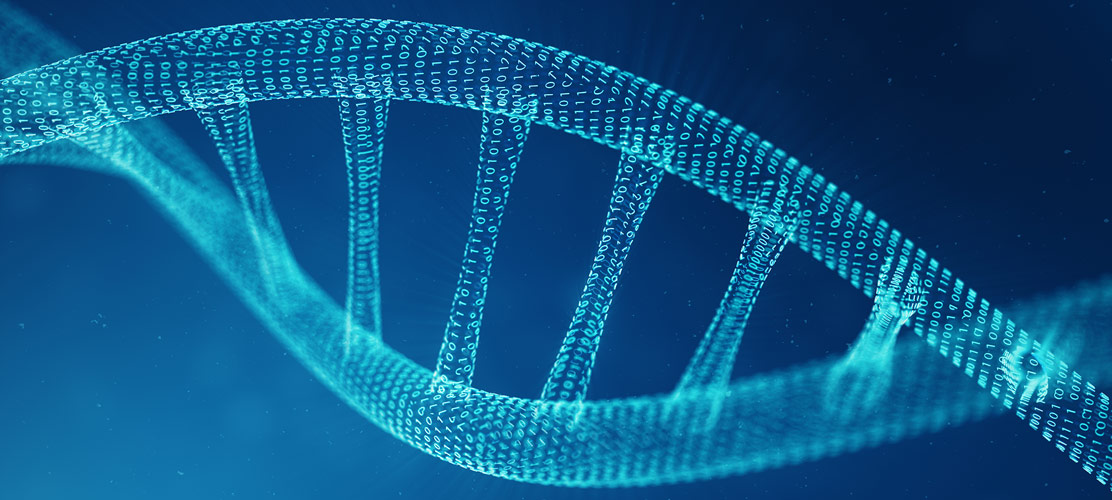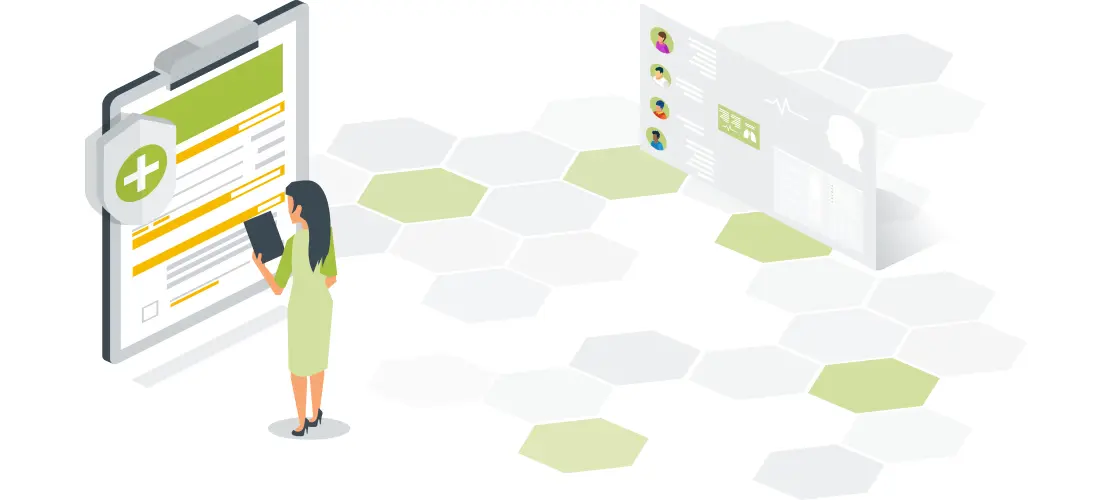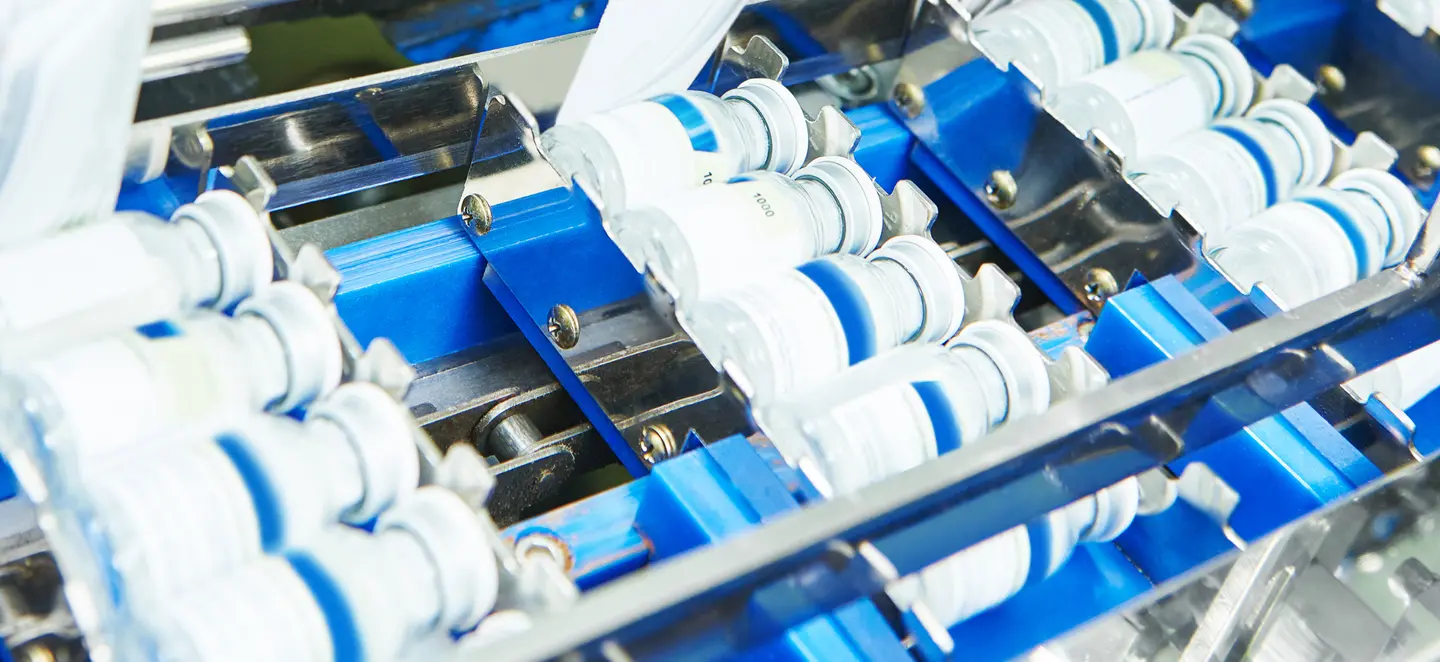In the dynamic world of life sciences, where regulatory requirements and market demands are in constant flux, ensuring accurate and compliant labelling is paramount. However, managing the artwork process amidst these rapid changes is challenging.
In this exclusive ‘In Conversation With…’ Packaging Europe feature, Esko’s Life Sciences experts, Jackie Leslie and Joe Giannotti, shed light on the pivotal role of artificial intelligence (AI) and automation in revolutionizing Life Sciences labelling artwork processes.
Streamlining the Artwork Process with Automation and AI
Jackie Leslie kicks off by explaining the intricacies of the artwork process in life sciences, emphasizing its complexity due to the multitude of changes and the need for meticulous accuracy.
She states, “The artwork process starts with a request for a new label or leaflet artwork, or a change to an existing artwork.
For Life Sciences labelling, a change can be triggered by a number of events, such as safety changes, regulatory changes, or technical changes; but any type of labelling request will flow through a creation or update process, followed by review and approval cycles, and go right up to the print and distribution activities.
Anyone who is involved in this process will know the effort is significant because of the sheer volume of changes, the number of artwork to manage, and the checks and balances needed to ensure 100% accuracy.”
Automation and AI are indispensable in tackling structured, repetitive, and labor-intensive tasks, significantly reducing manual efforts while ensuring precision.
Understanding Different Automation Levels
How, exactly, do you automate artwork processes? Joe Giannotti explores the distinctions among the different types, including semi-automated, fully automated, and online editing processes.
In a semi-automated workflow, a blend of manual and automated steps is employed, requiring at least one manual action to finalize the process.
Giannotti provides an example, explaining, “For instance, a designer employs a graphic editor and utilizes a plug-in to “accept” content, which is then automatically integrated into the artwork. Once the content is placed, the designer can further refine the artwork by adjusting layers, managing overflows, and making other necessary modifications.
This workflow is well-suited for various tasks, including redesigns, creating fresh designs, initial artwork creations, and developing intricate designs containing complex elements.”
Conversely, a fully automated workflow eliminates all manual interventions, generating print-ready artwork seamlessly.
“For instance, an operator selects content and a template, then clicks “generate” to preview the new artwork. The system utilizes fine-tuned approved artwork templates along with predefined rules and approved content to generate the final design.
This process is particularly suitable for tasks such as creating multi-page designs heavy with text and containing multiple languages, as well as for producing labels, leaflets, IFUs, and inserts,” says Giannotti.
Additionally, online editing processes facilitate real-time modifications, offering flexibility and efficiency.
AI and Automation in Life Sciences: Meeting Industry Challenges
With a myriad of regulatory changes and product variations, managing artwork has become increasingly arduous.
For example, take a situation where a warning statement needs to change across a product line. Today that would typically be done manually, with a copy/paste of content from a copy document in MS Word into the Illustrator or InDesign artwork file. Thereafter, that file undergoes layers of manual quality checks and reviews to ensure the change was made accurately.
The amount of manual effort involved in this process significantly increases the risk of mistakes.
Yet, in some cases, the manual processes may be manageable, such as when a company has a small portfolio of artworks.
However, as Leslie explains, “most companies sell products in multiple countries and many products come in different dosages and strengths or presentations, so the volume of artwork rapidly climbs when you consider all of these versions.
AI and automation can assist with identifying what artwork needs to change, they can assist in making the change, and they can assist with quality checks. It’s really a transformative opportunity to streamline the entire process.”
Overall, automation possesses the ability to facilitate change management processes, identify necessary revisions, and ensure compliance, thereby mitigating risks associated with manual interventions.
Esko Content Management and Artwork Automation Solutions
A few (okay, maybe a lot more than a few) words on content management and artwork automation solutions.
Giannotti addresses the role of Esko’s Content Management System (CMS) and Artwork Automation solutions in enhancing artwork processes.
He explains that the CMS serves as a centralized repository for digital assets, facilitating collaboration and ensuring content consistency.
He further notes the Artwork Automation solution expedites artwork creation by utilizing approved templates and predefined rules, maintaining brand integrity and regulatory compliance.
“These solutions simplify how content is managed and automate print-ready outputs by reusing assets and compliant content.
Think of our Content Management System (CMS) as an organized hub for your digital assets. With everything stored in one place, including images, graphics, and approved content, it makes it easy for team members to find what they need and work together smoothly.
Approved content in WebCenter sets the stage for full automation because placeholders within Adobe templates are dynamically linked to approved content in the CMS.
Our Artwork Automation solution is like having a powerful assistant, ensuring that every piece of artwork meets your brand’s standards flawlessly.
By utilizing approved Adobe templates, this solution ensures consistency across all artwork assets, regardless of their complexity.
These templates serve as ready-made frameworks, guiding designers with predefined layouts, fonts, and placeholders, guaranteeing that every design aligns perfectly with your brand identity and regulatory requirements.”
The Future of AI and Automation in Artwork Processes
Esko anticipates continued advancements in AI and automation technologies, driving efficiency across all facets of artwork processes.
From nuanced quality checks to seamless integration with other business ecosystems, these technologies are poised to elevate the artwork management process to a level not previously known.
“In terms of the evolution around artwork processes, expect technology assistance in practically every step – starting with the complex process of determining how to manage differing implementation dates for overlapping labelling changes, and having more assistance with content creation and translations.
We’ll see more refined quality checks, whether they’re related to content or branding, with notifications for the approvers when an artwork is created with something outside of the expected parameters.
Sustainability initiatives will focus on how to use these technologies to build artwork with the most sustainable packaging from structure to design to inks and printing. And overall product portfolio reviews will become much more automated, to the extent that recommendations can be made on brand consistency and best practices for an organization,” Leslie opines.
Esko anticipates the artwork process to become intricately linked with the rest of a company’s ecosystem, extending far beyond current integration practices.
Functions such as managing Bill of Materials systems, overseeing pharmacovigilance, and streamlining the supply chain will involve seamlessly exchanging data and trigger alerts across different systems whenever an event in one aspect of the business could affect another.
Overcoming Hurdles and Embracing Change
While acknowledging the transformative potential of AI and automation, Leslie underscores the importance of change management.
Embracing these technologies necessitates a shift in organizational mindset and skill sets. However, she advocates for a phased approach, allowing companies to adapt gradually while capitalizing on the benefits of automation.
To quell concerns associated with the rise of AI, Leslie confirms, “People are not going away. Humans still need to design the artwork and build artwork templates. Artwork business rules need to be defined and managed, [and] reviewers will still need to review artwork before it’s released.”
What we’re witnessing is the unique opportunity for humans and technology to work together to enhance how things are done today.
The integration of AI and automation in Life Sciences labelling and artwork management heralds a new era of efficiency and compliance.
As Esko continues to innovate, the industry can look forward to streamlined processes and enhanced productivity, ultimately ensuring the safety and integrity of life-saving products.
Read the full Packaging Europe article here.





